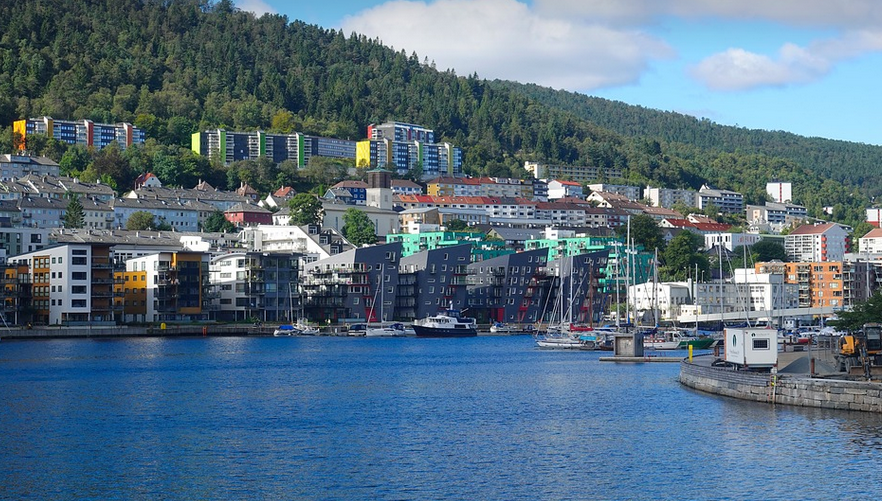Understanding the Problem
Nobody wants to wake up in the dead of winter to discover that their water pipes are bursting, leaving them without a hot shower or even a sip of clean drinkable water. This can be a nightmare for homeowners, especially as temperatures plummet and icy winds whip through town.
Frozen pipes pose a real threat due to the dramatic shift in internal pressure that occurs when water freezes. When water in your plumbing system turns solid, it expands, putting immense force on the pipes themselves. This pressure can ultimately cause them to burst, leading to significant damage and costly repairs.
Protecting Your Precious Pipes
Thankfully, there are proactive measures you can take before winter really hits to prevent your underground water pipes from freezing. By understanding the key factors involved in pipe insulation and maintaining a steady supply of warm water throughout your home, you can ensure your water stays flowing smoothly even as temperatures drop.
First, it’s crucial to understand that the ground temperature plays an integral role in how quickly your pipes will freeze. In colder climates, especially those experiencing freezing conditions, the ground temperature could significantly impact your pipes. The further away from the house’s foundation a pipe is located, the greater the risk of freezing. Insulation is a must-have for preventing this!
But insulation isn’t just about keeping the pipes warm; it also helps them stay protected against potential damage from external factors like harsh weather and snow.
Insulating Your Pipes: A Multifaceted Approach
The most effective way to prevent your pipes from freezing is through proper insulation. This may sound daunting, but it doesn’t have to be a complex process. Here’s the breakdown:
- Types of Insulation: There are different types of pipe insulation available. Choosing the best one for your pipes depends on several factors like the size, location, and material.
Insulating your pipes is a simple yet critical step towards winter water protection. Here’s why it’s so important:
**1. Preventing Frost Damage:** Insulation acts as a barrier against cold air, preventing freezing temperatures from reaching the inner walls of your pipes.
**2. Energy Savings:** Insulated pipes help to conserve energy by keeping the water inside at a consistent temperature throughout the year.
**3. Cost-Effectiveness:** While insulation may cost a little upfront, it can save you substantial amounts in the long run because it prevents burst pipes and eliminates future repair costs.
Keeping Your Home Warm
Protecting your pipes from freezing goes hand in hand with keeping your entire home warm during winter months. Here’s how to achieve that balance:
- Weatherproofing:** Ensure proper weatherproofing for windows and doors. This means sealing air leaks, using draft stoppers, and even installing window insulation films.
- Heating Systems: Your heating system plays a crucial role in regulating indoor temperature. Make sure your furnace is working optimally and consider upgrading to a more efficient model if necessary.
Keeping your home warm throughout the winter months will not only protect your pipes from freezing, but also create a comfortable living space for you and your family.
Additional Tips for Prevention
In addition to insulation, there are several other preventative measures you can take to ensure your water pipes stay flowing smoothly throughout the winter.
- Insulated Pipes: Insulate exposed pipes running through unheated areas like attics and crawl spaces. Use pipe covers or wrapping materials designed specifically for this purpose.
- Water Main Valves: Locate your water main valve in a easily accessible place, allowing you to turn off the whole system if there is an emergency situation.
- Winterization Kits: For those areas susceptible to severe cold, investing in a winterization kit is highly beneficial. These kits often include insulation sleeves and covers for exposed pipes, along with manual flushing devices to clear any trapped water.
Be Prepared!
Finally, remember that being prepared for the winter’s cold weather goes beyond just protecting your plumbing system. Make sure you have a plan in place should any unexpected issues arise. This might include stockpiling supplies like emergency blankets and food, ensuring your first aid kits are adequately stocked, and having a reliable source of heating power ready to go.
